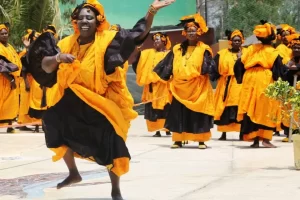In Senegal, the era of the French language appears to be gone. Native languages, notably Wolof, are regaining territory lost to colonization in education and employment. Wolof is Senegal’s most spoken language that most local people speak and understand.
In this article, we’ll discuss how Wolof became the most spoken language in the country, along with some other information you might find helpful.
How Wolof Became the Most Spoken Language in Senegal
Despite French being the country’s official language, Wolof is Senegal’s most widely used language. So, now, let’s discuss how Wolof became the most spoken language in the country:
Classic Era
As a component of the Wolof empires, the language has been the dominant tongue in Senegal’s northern section minimum since the sixteenth century. According to historical accounts, individuals utilized Wolof to communicate with the neighboring Realm of Seereer.
Wolof seems to have been a connecting language between tribes from its inception. And that practice is still present now.
Colonial Era
Early in the seventeenth century, the Wolof inhabitants of the north hosted the first encounter between Senegal and the French. A coastal urban society developed on the Gorée and Saint-Louis due to trade with the French.
Then, Wolof started to develop into an urban or modern language at this point. Besides, French records from the eighteenth century emphasize how crucial Wolof language proficiency is for traders who want to conduct fair agreements.
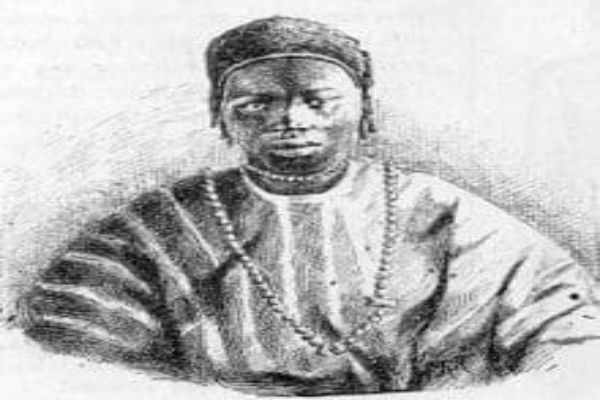
Well, French traders used laptops, or traveling interpreters, more frequently. It is believed that these translators helped Wolof spread along the Senegalese river path to Saint Louis. And here, the pulsar-speaking population resided. And as we know, language changes and evolves with people as they travel.
Wolof began to blend with the French when it became part of Saint-Louis’ urban landscape in the nineteenth century. Wolof’s plasticity may have helped the dialect survive. The urban elite, who were frequently bilingual and of mixed ethnicity, wielded considerable authority and carefully promoted the language associated with their identity.
Moreover, Wolof traders traveled throughout the area in the twentieth century, going as far south as Casamance‘s Ziguinchor. So, it increased the language’s position as a trade tongue. Furthermore, the religious leaders or murid marabouts also aided the spread of Wolof.
Modern Era
Dakar was already a significant commercial hub when Senegal gained independence from the French in 1960. So, it drew visitors from the region’s ethnic and linguistic identities. And due to the social context, the city’s new immigrants soon picked up urban Wolof.
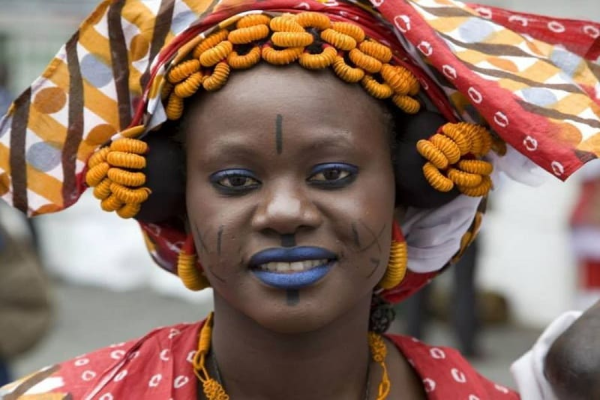
Their subsequent generations nearly entirely spoke Wolof, further demonstrating the link between urbanization and the spread of Wolof. Speaking Wolof allows Senegalese who have emigrated to other countries to connect with the diaspora.
Besides, Wolof speaking is currently a component of Senegal’s urban culture. Moreover, some people only ever identify as Wolof since, after growing up in the city, it might be the sole local language they’ve learned. However, the creation of organizations whose mission is the development of national languages was another significant influence on the growth of Wolof.
5 Wolof Phrases to Know while Visiting Senegal
Wolof is primarily spoken. Thus, since people seldom document it in official papers, the spelling varies depending on where you are. However, knowing several phrases will help you get by when traveling and make the locals grin. So, the following are some of the most common Wolof terms you must know while visiting Senegal:
1. How Are You?- (Nan- ga- def)
Nan-ga-def is one of the most important phrases to know if you want to communicate with the locals. It is an informal greeting and doesn’t require a literal response. However, if someone greets you with this phrase, you can respond with “man-gi-fi.” It indicates that you are fine.
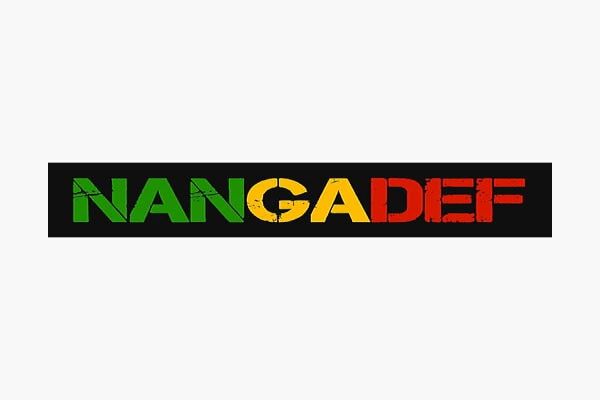
Moreover, you can also carry on the conversation by asking how they are doing. Use the phrase “cava” for this purpose. You can also utilize it to inquire about one’s home, family, and other topics.
2. Yes, No- Waaw, Déedéyt
Yes and no are the two most helpful terms to learn in every language. So, don’t hesitate to respond with Waaw or Déedéyt when someone asks if you want to order something or need a lift.

Moreover, you can respond in other ways if you are unsure whether you should answer yes or not or don’t understand the question. For instance, you may reply with Dégg naa or dégguma, meaning I know or don’t understand.
However, the good news is you can enjoy our transport service in Senegal, where you won’t have to communicate in Wolof with the drivers if you are uncomfortable.
3. Sorry- Baal-ma
The phrase “Baal ma,” meaning pardon me, will be helpful if you inadvertently run into somebody or do something that requires an apology. Knowing how to apologize when bumping into another person on Senegalese public transportation is beneficial. It won’t stop you from running into them again a few seconds later.

However, it is best to avoid the hassle of public transport if you prefer a comfy travel. And you can get different vehicles from Senegal Shuttle based on your preferences whenever you need them!
4. How Much?- Ñaata la?
“Ñaata la” or “ñaata lay jar” is the tourist’s primary defense phrase against inflated pricing. Checking the cost before purchasing is crucial everywhere, from marketplaces to cabs. However, it would help if you lowered their immediate reply by a few notches.
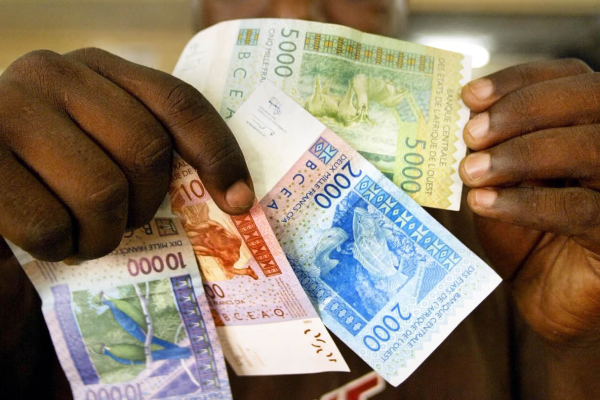
You can respond with “Dafa Seer” or “Seer-Na lool,” meaning it is expensive or super expensive if you feel that way. Moreover, you can also use the phrase “Waañi ko” to ask them to lower the price. Well, you will most likely make everyone chuckle with your bartering talents, no matter how it turns out.
5. Goodbye- Mangi dem
Mangi dem, which translates as “I am m going,” is yet another simple phrase that travelers may learn and master without any difficulty.

However, you may try a few other phrases to bid farewell more creatively. For example, you can use “Ba Beneen,” meaning see you later, “Yendu Ak Jamm,” meaning have a good day, and “Leegi Leegi,” meaning see you soon.
Conclusion
Wolof, Senegal’s most spoken language, has a special place among the locals. By now, you’ve got to know a few necessary things regarding the Wolof language. However, if you need help with transportation in the country, don’t hesitate to contact us. We at Senegal Shuttle provide hassle-free and comfortable rides for our consumers.
Thanks for reading through. Good luck!

